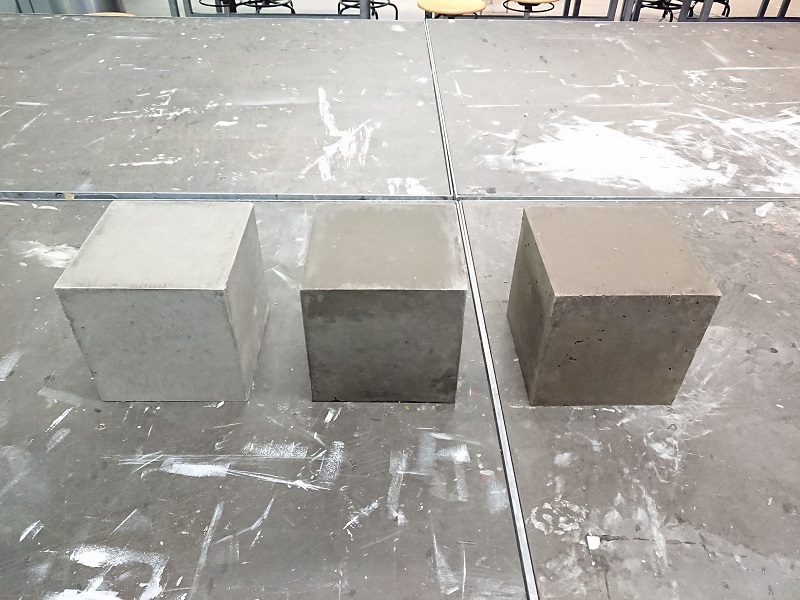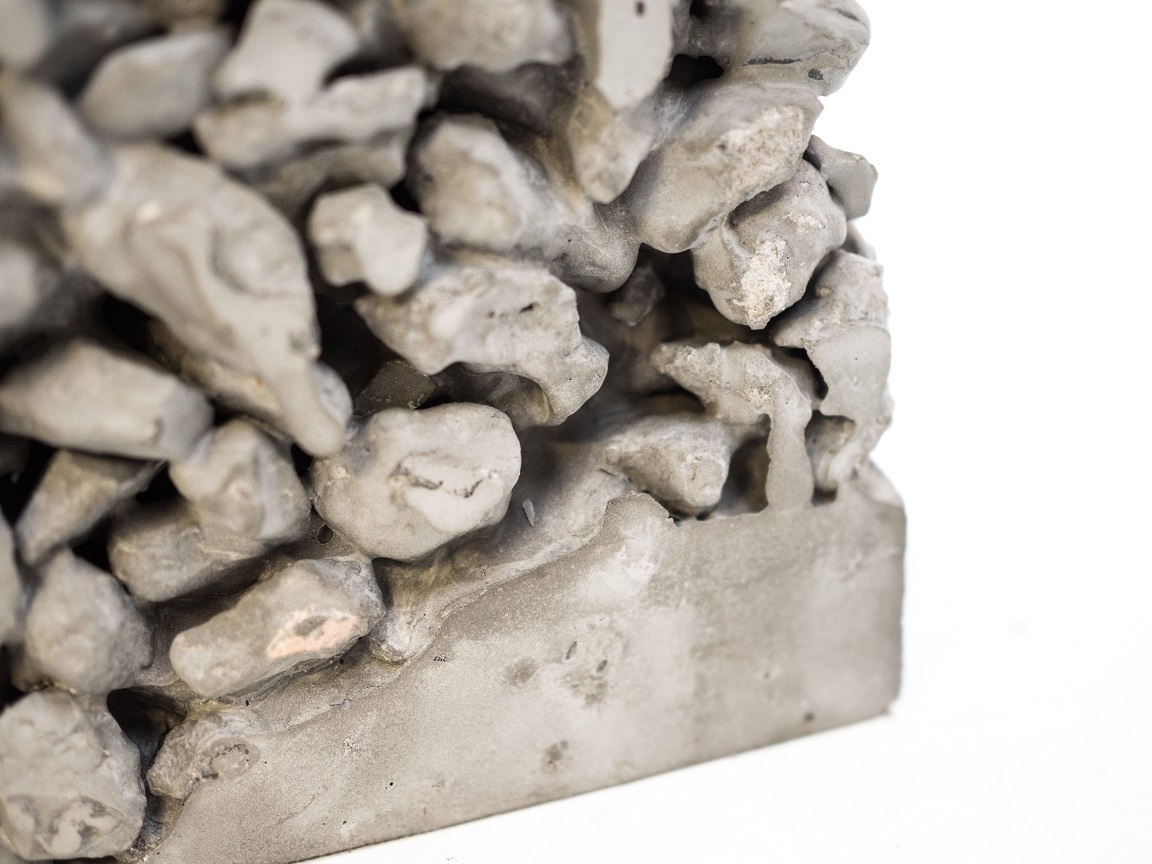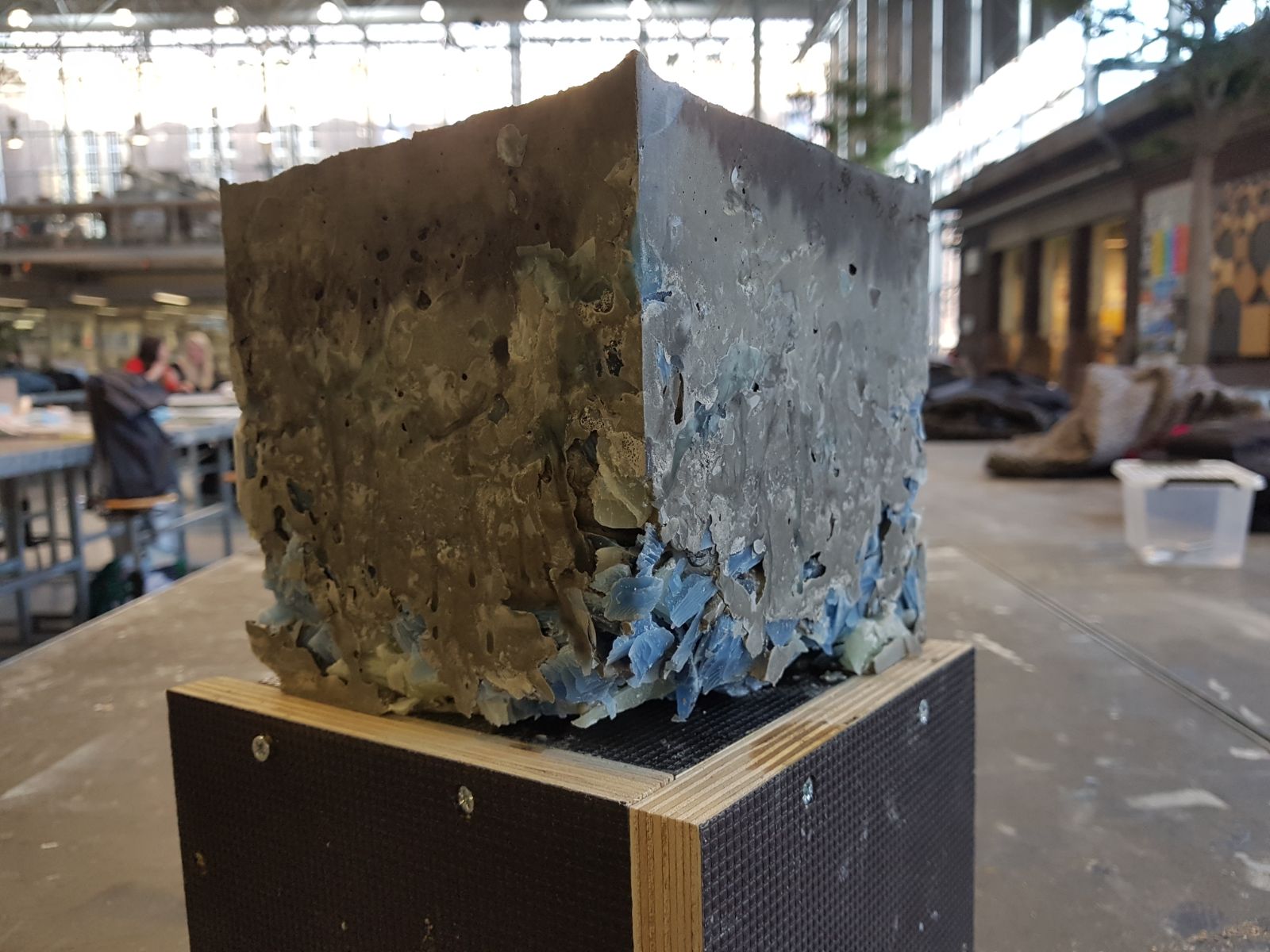By Delft University of Technology
The increasing importance of recycling concrete is undeniable: its production is highly energy consuming, while sand and aggregates are becoming scarcer every day. Since low and medium cost construction is responsible for the majority of cement use, and therefore for the majority of adverse effects, there is a real opportunity to make a difference using secondary resources for the production of concrete precast products.
In the SeRaMCo project, together with other partners, TU Delft is involved in revealing the unique properties of recycled resources for architectural applications. The potential of recycled concrete will be showcased in real building products fit for economically interesting quantities. TU Delft contributes by a combination of interaction with the industry, design workshops and research.
Reaching out to various Dutch stakeholders, ranging from CPP producers and users to policy-makers, TU Delft helps gauging the willingness to accept the use of secondary resources in the Dutch market. That is an essential information since the project aims to develop solutions that have a real market potential.
TU Delft is also involving Master’s students in this working phase, through workshops like “Making”, organized as an elective course for the MSc in Architecture. In this workshop, students are challenged to design yet unknown architectural applications with recycled raw materials on an even larger scale than NWE. Thus, the aim is to formulate solutions that are relevant but not only limited to NWE. The new ideas should include demolition waste, to investigate whether it can lead to the production of high-quality materials. Embedded in a series of lectures and hands-on experimenting, Making functions as a test design studio. Students will get the chance to design realistic products, together with our researchers, design tutors and with experts from the concrete design industry. The concepts that come out of this MSc studio will be elaborated and evaluated by the SeRaMCo partners.
The design studio is accompanied by knowledge transfer events such as brainstorms, symposia, seminars and workshops with valuable inputs from the other SeRaMCo partners and external experts. This cooperative approach will contribute to sharpen first ideas into realistic concepts for further developments of SeRaMCo, by creating a good balance between technical feasibility, market potential and architecture, and by revealing the possibilities of producing concrete from construction and demolition waste.



